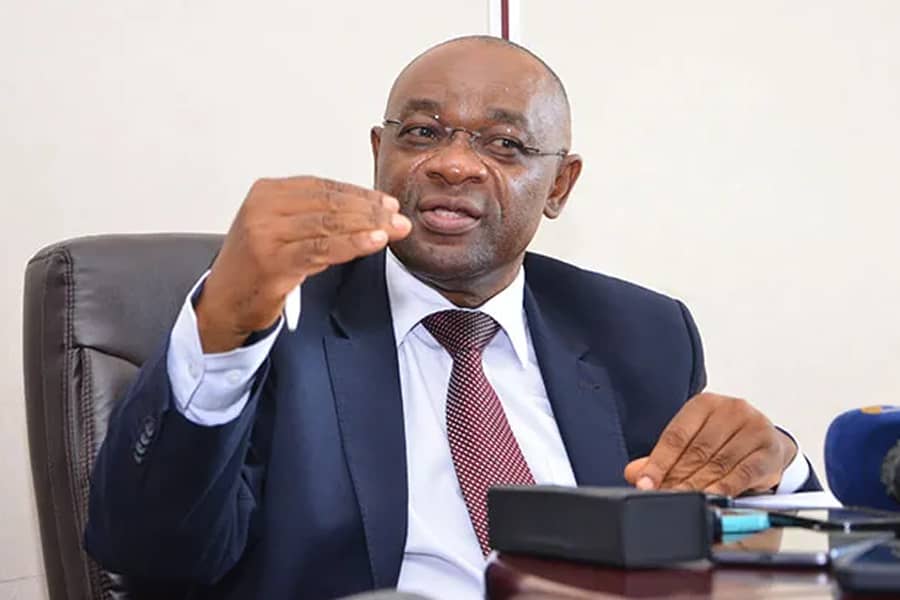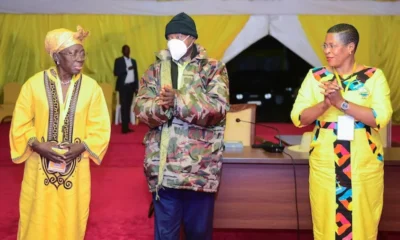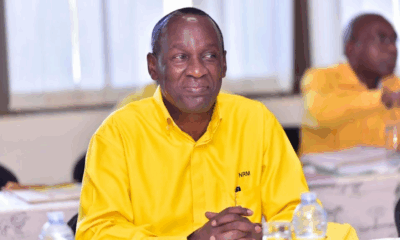Politics
Uganda Approves Nine New Town Councils Ahead of 2026 Elections, Ending Five-Year Freeze on Creation of Administrative Units
The Ugandan government has officially approved the creation of nine new town councils, effective July 1, 2025, breaking a five-year freeze on the establishment of new administrative units due to financial constraints.
The announcement was confirmed in a July 1 letter from Local Government Minister Raphael Magyezi to Electoral Commission chairperson Justice Simon Byabakama. Magyezi said the move stems directly from the structural shifts triggered by the 2020 creation of regional cities, which absorbed the headquarters of their original “mother” districts, leaving a governance gap that needed to be addressed.
“These new town councils are not entirely new creations,” Magyezi clarified. “We are simply converting existing sub-counties into town councils as the law requires whenever a district headquarters is relocated.”
The approved town councils include:
- Awach Town Council (Gulu District): Pugwinyi, Pageya, Paduny, Gwengdiya, Bureoro wards
- Kagoma Town Council (Jinja District): Kagoma, Magamaga, Buweera, Kaiira, Kitanaba wards
- Mbale Town Council (Mbale District): Busoba, Bumasikye, Bunambutye, Bunanimi wards
- Busoro Town Council (Kabale District): Busoro, Kaswa, Kirere wards
- Kyanamukkaka Town Council (Masaka District): Kyantale Kamuzinda, Buyinja, Buyaga wards, among others
- Kitoba Town Council (Hoima District)
- Ogur Town Council (Lira District)
- Katine Town Council (Soroti District)
- Vurra Town Council (Arua District): Ezuku, Tilevu, Ringili, Opia, Nyio, Kuluva, Eruba, Ayavu Anzuu, Ajono wards
Each affected district has been allocated UGX 1 billion (approximately $265,000) for the construction of new district headquarters. Magyezi noted that the Ministry of Finance will be approached for additional funding as required.
The move is seen as a step to resolve longstanding governance bottlenecks caused by the 2020 regional city realignment. However, concerns remain over whether the new town councils will be adequately resourced.
Uganda’s previous round of administrative expansion in 2019 saw the approval of 364 sub-counties and 352 town councils. Many of those still operate from rented premises and suffer from chronic underfunding.
In Masaka District, the elevation of Kyanamukkaka to town council status is particularly noteworthy. The area is the birthplace of former Vice President Edward Ssekandi, and its designation as the future host of the district headquarters fulfils a long-standing local aspiration.
However, the district council had previously voted to relocate the headquarters to Buwunga Sub-county, where construction of new offices had already commenced. The change has caused debate, with some local leaders questioning the rationale.
Still, Kyanamukkaka leaders are optimistic.
“This is a victory for us,” said Robert Tumwesigye, Masaka District youth councillor. “Kyanamukkaka Health Centre IV will now be upgraded to a district hospital—our dream has finally come true.”
Cyrus Kalema, chairperson of Kyanamukkaka Sub-county, echoed the optimism but raised a red flag: “We’re hopeful this new status will improve service delivery, but our revenue base is still very weak.”
With national elections scheduled for 2026, the timing of the town council approvals has drawn attention. While the government insists the decisions are administrative, political observers note the potential for the new units to influence local power dynamics and voter mobilisation.
The next challenge lies in ensuring these town councils are not merely names on paper but functioning entities capable of delivering services to Ugandans. As history has shown, establishing new administrative units is the easy part—making them work is the true test.
Comments

























